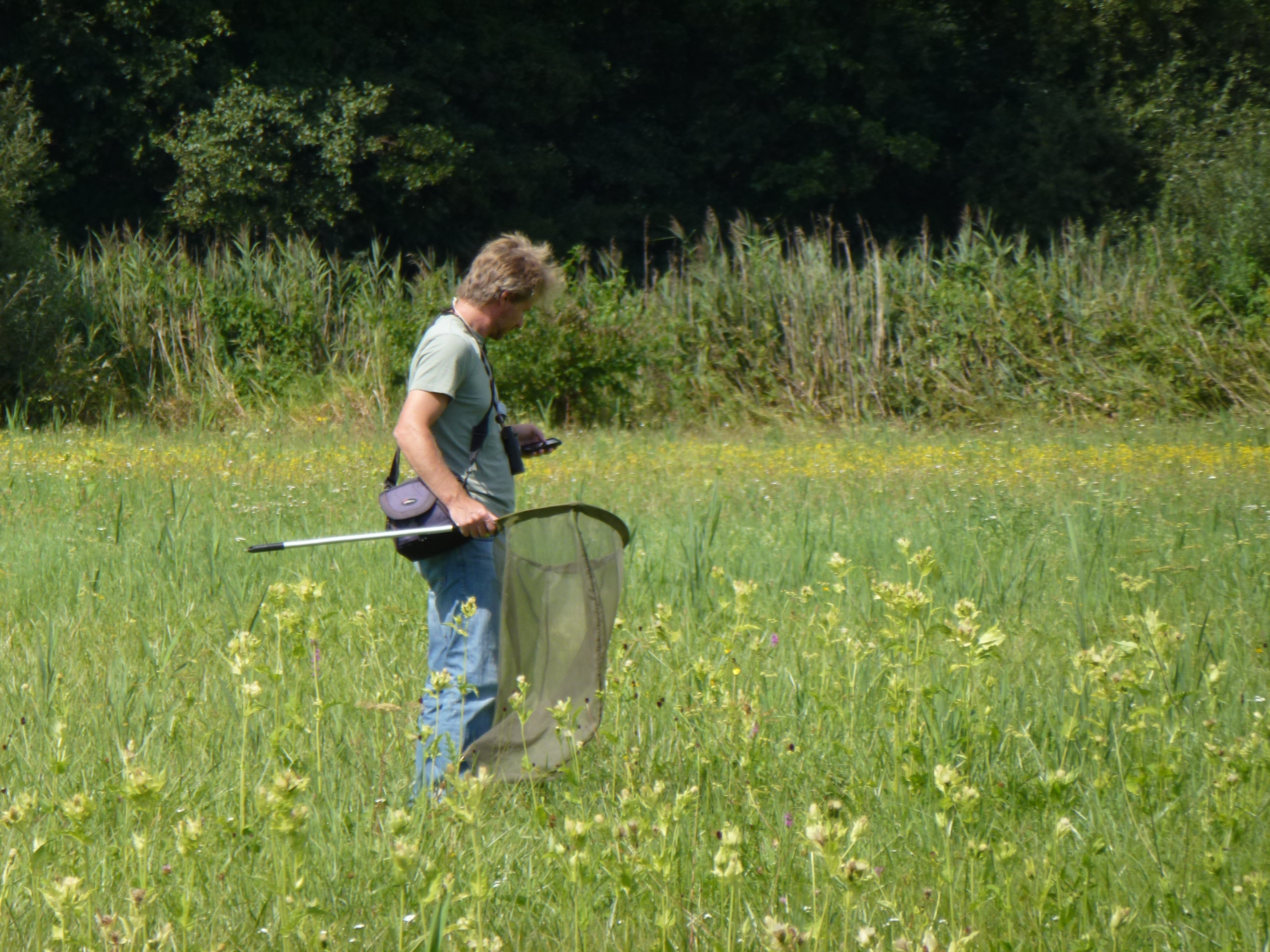
Portraying the modern naturalist
A 2014 editorial in the journal Nature entitled ‘Natural decline’ rightly emphasized a lack of natural history components in modern education. However, this editorial created an unnecessary dichotomy between those naturalists who engage in specimen collection, such as the scientist with the butterfly net shown below, and those who “clutch not sample jars but smartphones.” This distinction seemingly confirms or even strengthens the widely and publicly accepted prejudice that taking real specimens is outdated, while stating that “biological collections are on the wane as well.”

When illustrating natural history activities and endangered species research, I think we should always try to draw a picture of naturalists that goes beyond the dedicated observers, who “play the calls of the great horned owl on their smartphones.”
Collectors and observers: not mutually exclusive
For many contemporary institutional and citizen science initiatives, both modern observational and classic collection approaches in concert – rather than in isolation – are particularly helpful. Using a smartphone with an adequate App helps field researchers to record many important data on frame conditions – at least the exact date and place of observation, maybe together with a photographic record of the organism, and this data can be sent right away to a data platform. However, technology cannot fully replace certain benefits of taking a specimen, which provides 1) conclusive identification of the organism, 2) necessary physical data for difficult or rare species, and 3) options to return to the specimen in future studies in case, for example, the species status changes or requires clarification.
An example from Europe is the often hard to identify Wood White Butterfly. For more than two decades we have known that there are two nearly morphologically identical species occurring in many sites in Central Europe: Leptidea sinapis and L. juvernica (and in smaller regions of South-Western Europe even a third nearly identically looking species occurs: L. reali). Even with pictures, for example within butterfly monitoring schemes, it is hard to differentiate the species’ identity, and access to specimens from older records is critical to determine which species were present at these times, through precise identification.

Collecting for culture and conservation
For insects (and probably other organisms as well), specimen collecting contributes to an immaterial cultural heritage that is increasingly threatened. Movement against collection has emerged from a misconception that taking voucher specimens would have negative consequences for populations in the wild. As a result, new regulations now prohibit many sample collection activities, especially by private collectors, conceivably with the aim of aiding conservation efforts. However, these negative impacts are likely overestimated, at least for the vast majority of insects, and do not necessarily outweigh the benefits of collection.
Extending far beyond biological samples, private collecting adds to national efforts and promotes the tradition’s preservation in all its variety, in a way museums alone could never accomplish. Thus, for centuries collectors have protected cultural heritage and provided baseline samples which we still can study today. This wealth of collected data can be mined to uncover deeper insights into changes over time – for example the factors which might have led species to become endangered. The assumption that the conservation of insects can be achieved simply by protecting them from collectors may in addition distract the attention from the most immediate problem: the vast and rapid destruction of habitats.
A prominent recent study by Habel et al. (2016) in Conservation Biology that elaborated on factors of decline in butterfly populations drew conclusions from literature as well as public and private collections – demonstrating the harmonizing efforts of collectors and conservation biologists toward a similar goal of protection for threatened species.
Comments